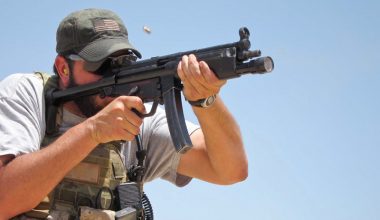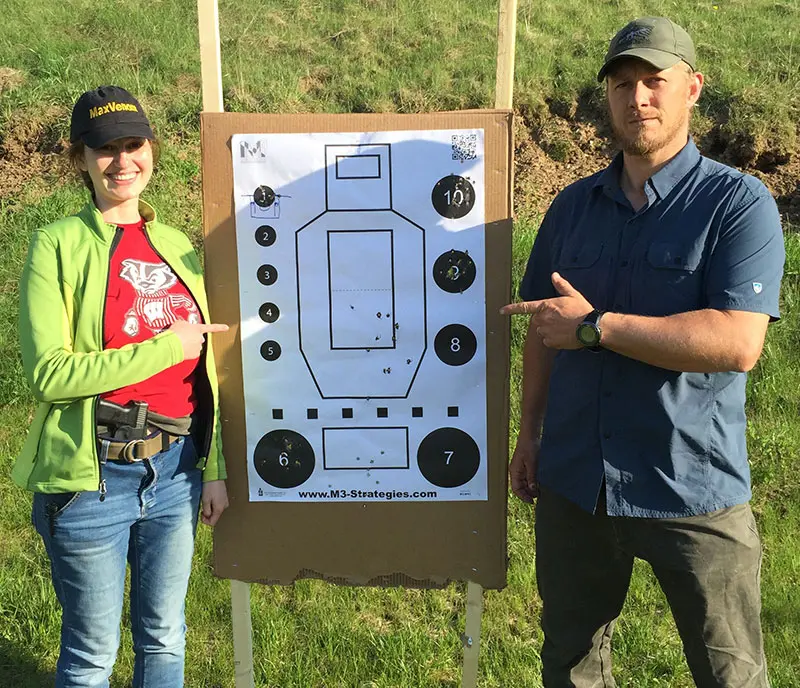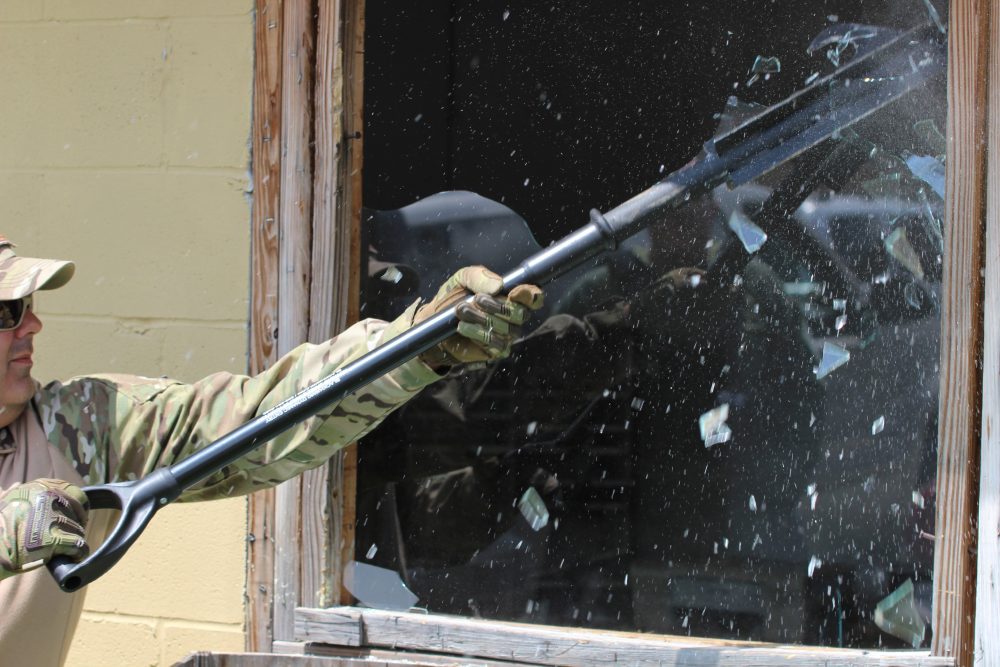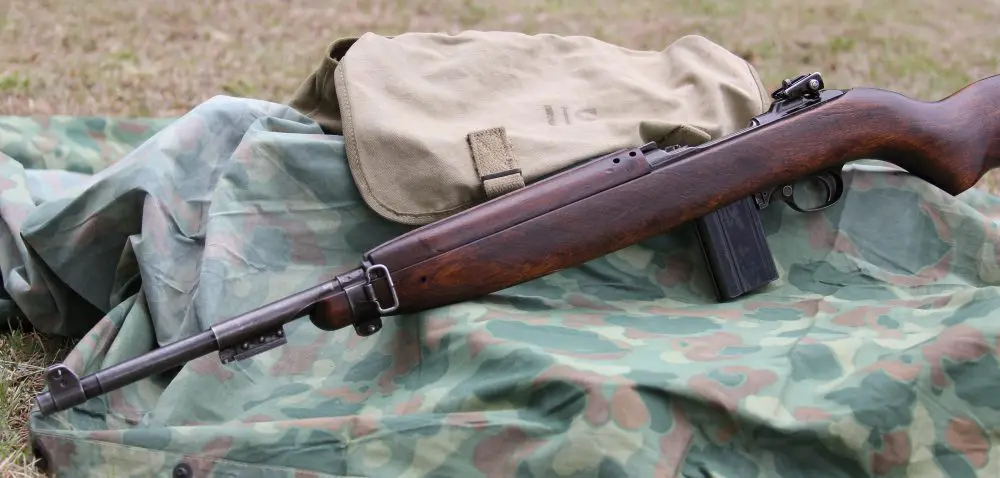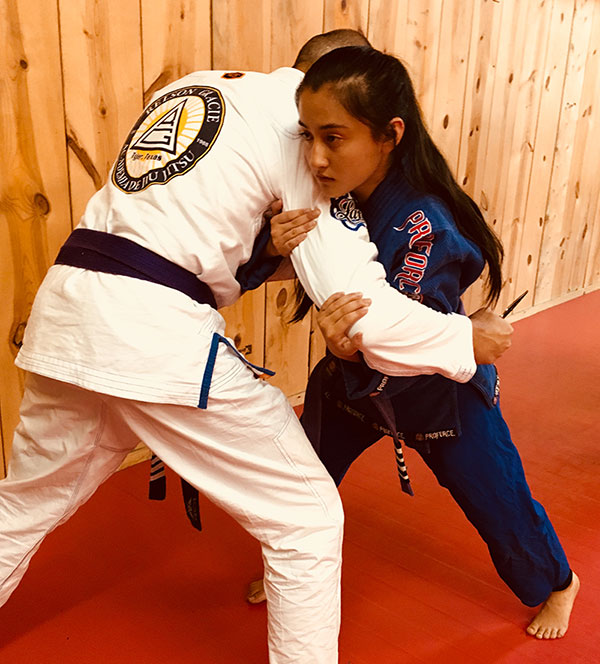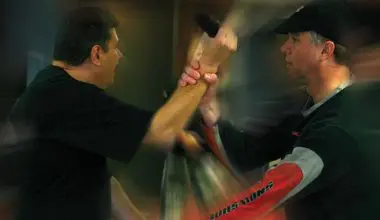FOR most people, initial firearms training consists of standing on a square range and shooting paper targets that may or may not be humanoid shaped. For most cops and other armed professionals, sustainment training consists of a qualification course—also shot on the square range.
The square range is an appropriate place to start. It is convenient, inexpensive, and administering training is relatively easy. It is the place where you learn the basics of gun handling. Decisions are made for you. You are told when to shoot, where to shoot, and how many rounds to shoot. The targets are stationary and, no matter how good or bad you shoot, they will not react. Because of that, feedback is minimal.
Square range training is a necessary component of training, but of and by itself it prepares you only for the square range, which has precious little to do with the reality of a gunfight.
Table of Contents
INTO THE SHOOT HOUSE
The next logical step is the live-fire shoot house. This introduces shooters to a more realistic training environment. The shoot house is a 360-degree world. It is also a world of shapes and shadows, doors of every type, hallways, rooms and closets. It is a place where target discrimination is added to the mix. You have to determine if the target is a threat and if deadly physical force is authorized. Your situational awareness is expanded to a degree where you are overloaded with information.
You may or may not be introduced to reactive targets, depending on how much sophistication the instructor staff has and how much work they are willing to do in order to train you. Reactive targets enhance shooting accuracy but also force you to continue to shoot until the target is down. This is the direct opposite of square range training, where you shoot only what the rangemaster tells you to shoot, not what is effective.
However, most people are woefully unaware of the rapidity at which violence occurs. And because no one is shooting back, there is no penalty for being slow in the target acquisition/ target identification process.
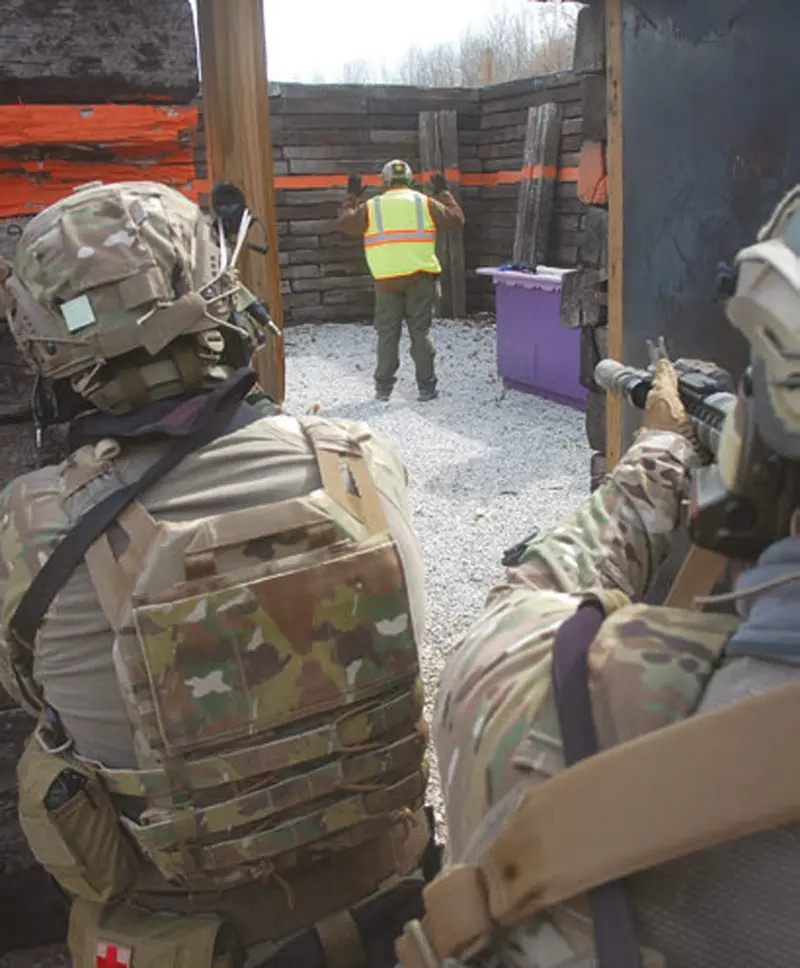
FORCE-ON-FORCE TRAINING
The live-fire shoot house is a big incremental step in the training cycle, but it is not the be all, end all. To move it one additional step, we need to engage in force-on-force (FOF) training. FOF training means exactly that—you will be using (simulated) deadly physical force against another. There are several methods available, starting with Airsoft at the very low end.
Some very realistic, professional-grade Airsoft guns are available, but they all lack distance and power as well as a means to mark hits to engage in serious FOF training. At the upper end are man-marking cartridges, one of which requires you to use a dedicated barrel/upper receiver group and proprietary magazines. This same system uses a watersoluble paint that has a finite shelf life.
The negatives of this system are obvious. It is very expensive, right down the line. You need to transfer all of your mission- essential equipment from your working gun (including optics, multi-function aiming lasers, weapon-mounted white lights, and slings).
Another system is Ultimate Training Munitions (UTM). The ammunition is a dual isolated primer type, which propels a cruciform, open plastic tip bullet that has colored wax in it. The bullet does not have to burst to mark the target. Accuracy is approximately three inches at 25 yards, which is sufficient for most applications, but we have seen acceptable accuracy out past 50 yards. Reliability is good, except that in SBRs on full-auto, you may experience some stoppages.
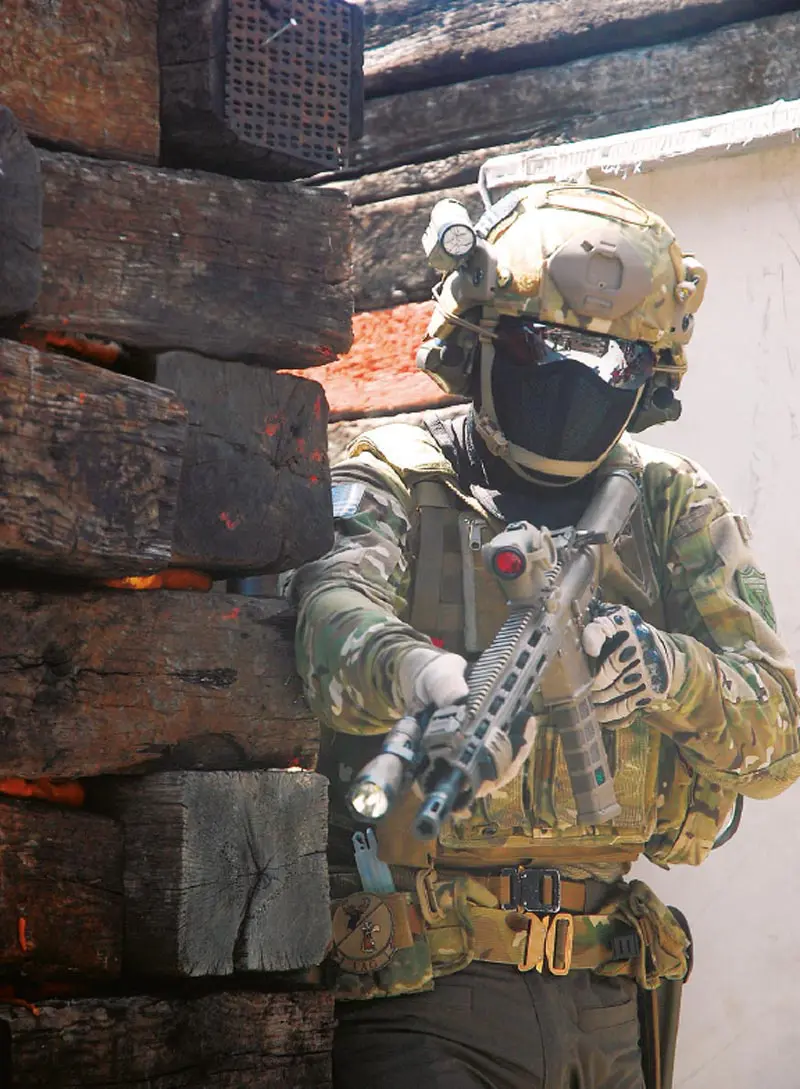
You should also start off with a clean bore and absolutely punch the bore at the end of the class with a solid rod. The projectile can on occasion get stuck in the barrel. This is not an issue with the man-marker cartridges—they just back up one against another. However, failing to clean any stuck projectiles and then firing live ammunition can cause a major issue.
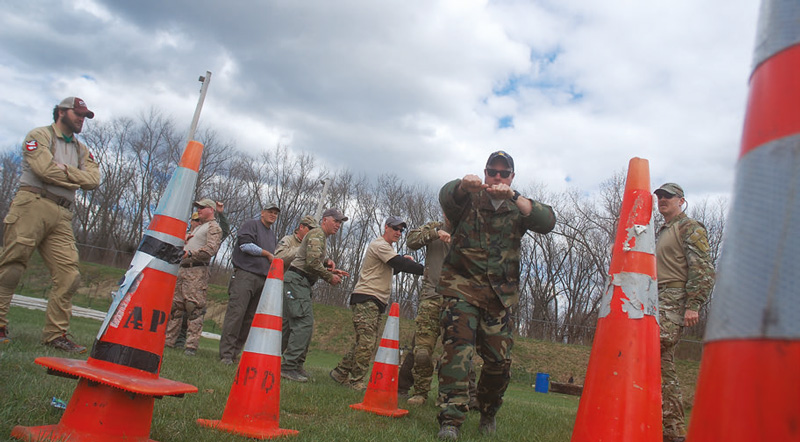
LMS DEFENSE CQB OPERATIONS COURSE
I recently had the opportunity to participate in an LMS Defense CQB Operations Course. John Chapman (Chappy) is the owner and Chief Instructor of LMS, and brings with him a wealth of knowledge and experience.
It was conducted at the Alliance, Ohio Police Training Facility, a spectacular place in central Ohio. What is more spectacular than the physical plant is the attitude that dominates everything that happens.
Mike Jones and Joe Weyer are the two cops who are responsible for the range, and are terrific instructors in their own right. The cooperation extended is beyond excellent, and the fact that they allow vetted private citizens to participate in the training makes it almost unique in this world.
They are extremely selective in who they permit to teach here, which keeps the gene pool strong. The Mayor, Public Safety Director and Chief of Police are all strong supporters of these programs, and I wish more agencies took their training as seriously as they do.
This particular class was open enrollment, but was heavily populated by military folks, with cops, Feds, docs, medics, and some (above) average earth people. All hands had experience ranging from a lot to a real lot. All had been through a pre-requisite Shoot House Class, and most more than once. Regardless of the experience, safety drives the train. If we cannot conduct training safely, we cannot conduct training.
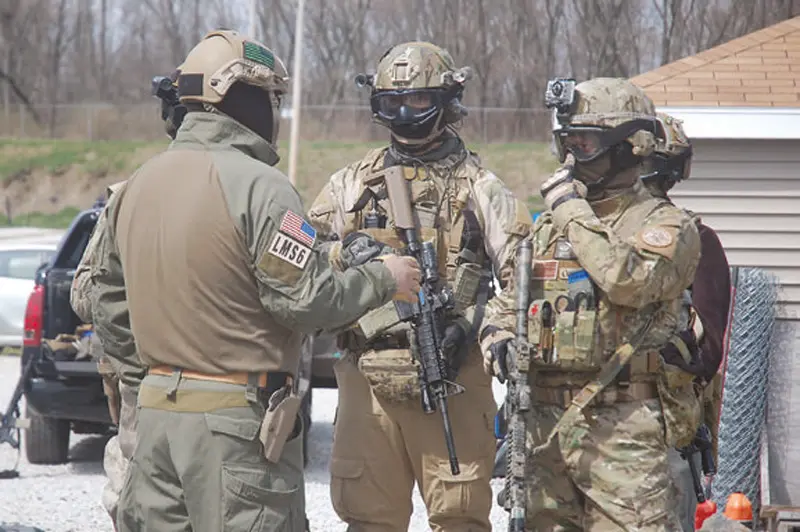
SAFETY FIRST
And the safety here starts before you enter the facility. While UTM says it is not possible to fire live ammunition in a gun using the UTM bolt (carbine) or slide (pistol), we all understand that redundancy in safety for training is required.
Indeed, in a recent incident in Baltimore, Maryland a training supervisor shot a student in the head with live ammunition while conducting training in an unauthorized location.
To this end, Chappy requires that you bring no live ammunition or edged weapons into the Frozen Zone. The students and vehicle are physically searched, carry guns unloaded and secured at the PD Armory.
If you leave the range for any reason, you are searched again upon return. If you are offended by this or believe that your job title exempts you, you are flat wrong and need to re-evaluate your ego.
To continue with the safety issues, all students are required to wear their personal protective equipment—body armor, plate carrier, and helmet—with some additional gear. This includes goggles, a facemask or balaclava, groin protector, and gloves—especially hardknuckle gloves.
It is suggested that you have at least one layer covering any skin. From my experience, the UTM facemask does a good job both of protection as well as enhancing fogging of the goggles, which leads to some major issues during training. Some used an application of Cat Crap anti-fog lens cleaner, which helped a lot. I used the UTM goggles and a Nomex balaclava from back in the day, and was satisfied.
CLASS FORMAT
The class was well structured—something that we would like to expect. However, we have seen a lot of FOF training turn into children’s games because of ill-defined training objectives and poor supervision. Not so here. Each scenario had a particular training objective, and all hands were made aware of it. Chappy subscribes to the tried and true Crawl, Walk, Run method.
We started with a lecture, delivered in Chappy’s low-key style, then moved on with show and tell. After that we went out onto the range and did cone drills (dry movement around traffic cones). Only after that did we get into the meat of the class—team CQB inside the Alliance PD 8,000-square-foot shoot house. Each team went through multiple times, and that team was debriefed on site and, after the entire class completed an exercise, they did a brief back. That gave everyone an opportunity to discuss what they did and for everyone else to learn from them.
TD1 and TD2 were long 12- to 14- hour days. TD3 was a mere seven hours. The ground rules were pretty simple. No one dies, except for the OPFOR. He was briefed that after three hits, he was to go down. The team was told that no matter how many hits they took, they were to stay in the fight.
The OPFOR was briefed that if the team acted properly—good entry, multiple guns on him, etc—he might submit. If not, he engaged the team. Teams were briefed on a particular scenario and then presented with variables, forcing them to think on their feet. Each run was designed to test for a particular problem, and nothing was repeated. The long days allowed for a fair number of low-light runs.
The use of lights in a team setting presents an interesting dynamic. All but one shooter used the 500-lumen Sure- Fire Fury light and contrary to the wailing of some, no one was blinded. But the OPFOR stated that when he was presented with two to four of these lights, it was difficult to engage accurately.
Conversely, the Fury has what might be the best-shaped reflector in the industry. While the light has a hot spot, a lot of that light spreads out about a meter or two from the light. This wide circle of light illuminates a lot of area inside the room.
This means you don’t have to be pointing the weapon-mounted light directly at someone—you can use your peripheral vision to see what is going on. This increase in situational awareness is truly a force multiplier.
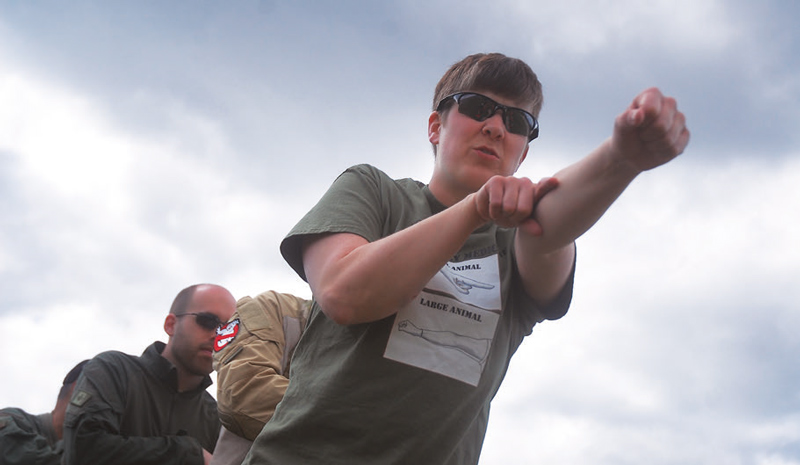
PRISONERS, COMMS AND REHEARSALS
One value-added subject that is not often taught was prisoner handling. Making it (and most everything else) more difficult was the fact that the military and cops don’t do things the same way. Their TTPs and SOPs are different, but not as different in all areas as one might think.
Communication is on ongoing problem in most anything we do—from posting on the Errornet to discussions with spouses. Many students started off saying, for example, “He is on my right!” when no one could see which way the speaker was facing. Another gem was “Move there!” Move where? Communication issues decreased as the students became more familiar with their team and more cognizant of which phrases are useful and which are useless.
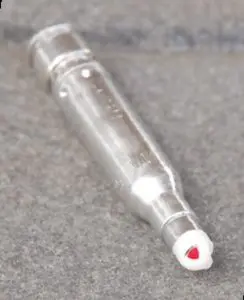
Rehearsals are minimized by some, but those who practice the Warrior’s Art know that time spent in rehearsal is seldom wasted. Using cones, vehicles in the motor pool, and tape made into field-expedient shapes, those who took time to rehearse benefited from it.
In shoot house courses, students tend to look without seeing. When they look at a dresser, they see “dark wood, with three drawers and a white lace doily on top.” That of course has nothing to do with resolving the tactical situation, though it may make you a star on House Hunter.
Chappy reduces everything to shapes and shadows. The shapes can all be reduced to Ls, Ts or four ways, and once that is understood, life becomes easier. The shadows that are created by these shapes can be reduced by movement and the proper use of weaponmounted lights.
RUDE AWAKENING
Many people receive a rude awakening when they engage in FOF training. This is because most in our society are clueless about the rapidity at which violence occurs. Although the silver screen has some believe you can outrun the blast wave of any explosive from a fragmentation grenade to aerial-delivered ordnance, the fact is that an explosion is more like a clap of thunder. Mostly unexpected and over quickly. It is how you respond to the event that will determine if you win or lose.
Some students’ initial failure to process information in a timely fashion led to their being hit with a non-standard response fired by a very switched-on OPFOR. As one student stated, “Taking 12 rounds to the junk will make you a believer.” Yup, it sure will. The learning curve is steep, and the pain penalty ensured that all hands got on track quickly. An analogy can be drawn to the saying, “Sink or swim.” Do it or have someone do it to you.
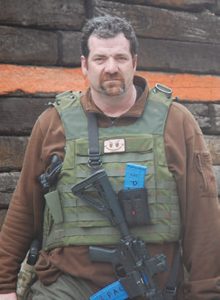
Is there a negative to this type of training? There is from a hardware standpoint. Training that forces you to move against other human beings raises the ante considerably. Because UTM ammunition is very quiet to shoot, it is possible for someone in a hallway to be involved in a furious gunfight while people in the adjacent room are unaware of what is going on.
Additionally, the sound of gunfire raises the blood pressure of anyone close by, which changes the way we act. One solution is to alternate the UTM marking rounds with a UTM proprietary blank round. It’s made with the same rimfire primer as the marker, and there is no downrange discharge. This means no blank fire adapter is needed, and the same one-meter stand-off for marker rounds applies to the blanks as well. It’s not a perfect fix, but it’s better than no noise.
PRETENDERS NEED NOT APPLY
LMS vets these classes very heavily. They accept all American citizens, but it’s not a class to attend if you want to check a box or collect a certificate. Mere attendance at other classes is insufficient.
There are prerequisites for this class, but even having fulfilled all of them does not mean acceptance. Most instructors in this business talk with each other, and if someone at LMS has doubts about an applicant, he’ll call his references. This limits the people who attend, but also ensures a higher quality of students. If you make it through the vetting process and get the chance to attend, it will be an eye opener.
